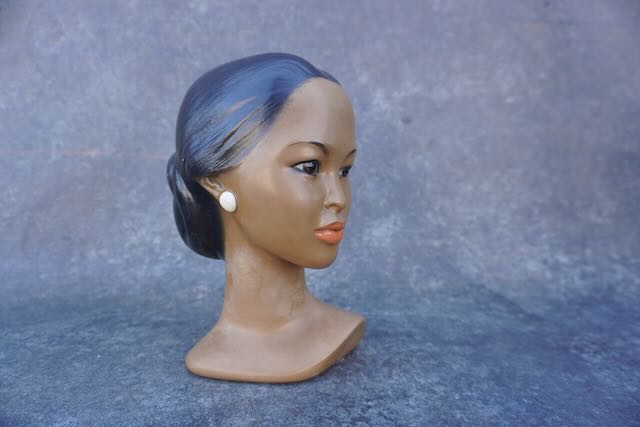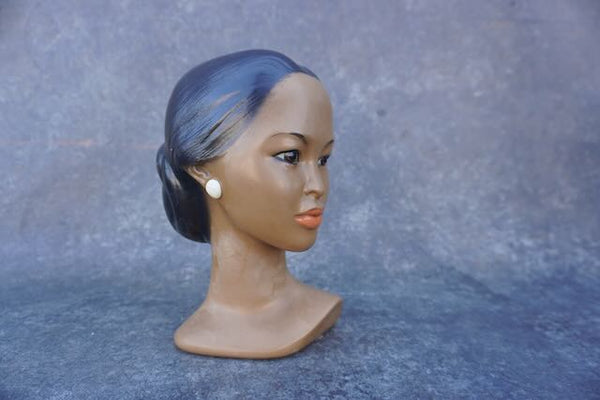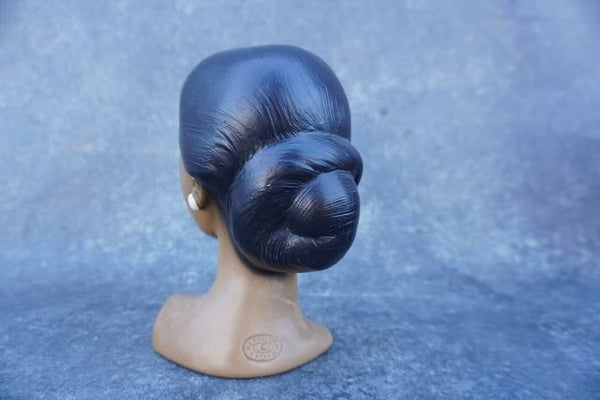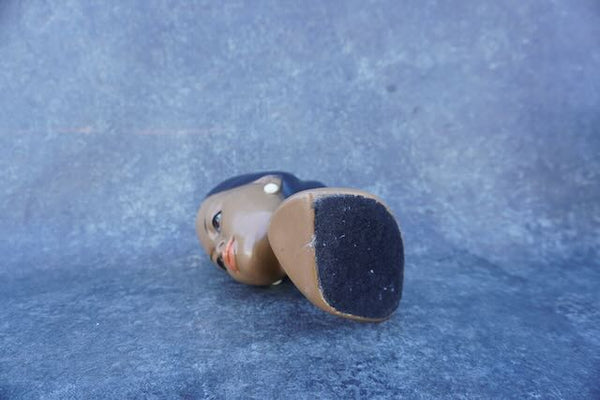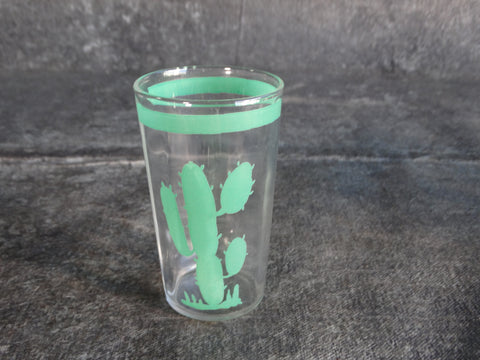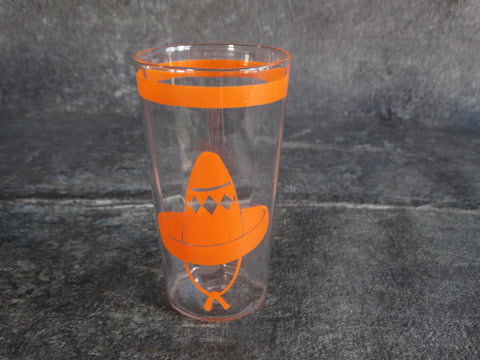Marwal Chalkware Bust of a Polynesian Woman CA2538
This raving beauty measures 8 1/2" tall x 6 1/2" x 6 1/2".
Marwal Ind Inc was founded in Brooklyn, NY, around the mid-1960s, by Romanian immigrant Marcel Walters. Walters used the first syllables of his first and last names, to name his company. His two-years work as a salesman for a Brooklyn company that made figurines and statues inspired him to start his own similar company. Marwal produced chalkware figurines and statues that were made with Hydrastone, which was a mixture of plaster of Paris and gypsum. Marwal’s staff searched antique and other shops around the world, to find objects of historical significance that could be molded, cast, and painted. When an object was found, a mold maker created a rubber mold, from which casting was done. In Brooklyn, Marwal products consisted of over 200 figurines and statues. The lines included those with traditional figures, museum reproductions, Oriental figures, bookends, Bali heads, and modern sculptures. All of the products, and especially the ‘heads’, were popular with buyers. The ‘heads’ included a Girl of India, a Boy of India, a pair of children, a Hawaiian Girl (with flower in her hair), a Spanish Dancer, a Japanese Geisha, and others. There were not as many full body figurines/sculptures that were designed and produced by the company. Marwal had permanent showrooms, in New York City and in Dallas, TX. It also used independent manufacturer’s representatives, who had showrooms in Chicago, Cleveland, Kansas City, and Los Angeles, to sell its products. The manufacturers’ representatives sold to drug stores, gift shops, hardware stores, florists, and large department stores (such as E. J. Korvette and May companies, J. C. Penny, Montgomery Ward, and Sears). Marwal was also represented in booths at gift shows across the United States, including those in Denver, Los Angeles, Portland, Salt Lake City, San Francisco, and Seattle. In the early 1970s, Marwal moved to Hialeah, Florida and (shortly thereafter) also began making a line of painted synthetic plastic animals, including many that were almost three feet in height. The company began encountering slacking sales, in the mid-1970s. Its operations were shut down, around the mid-1980s.

